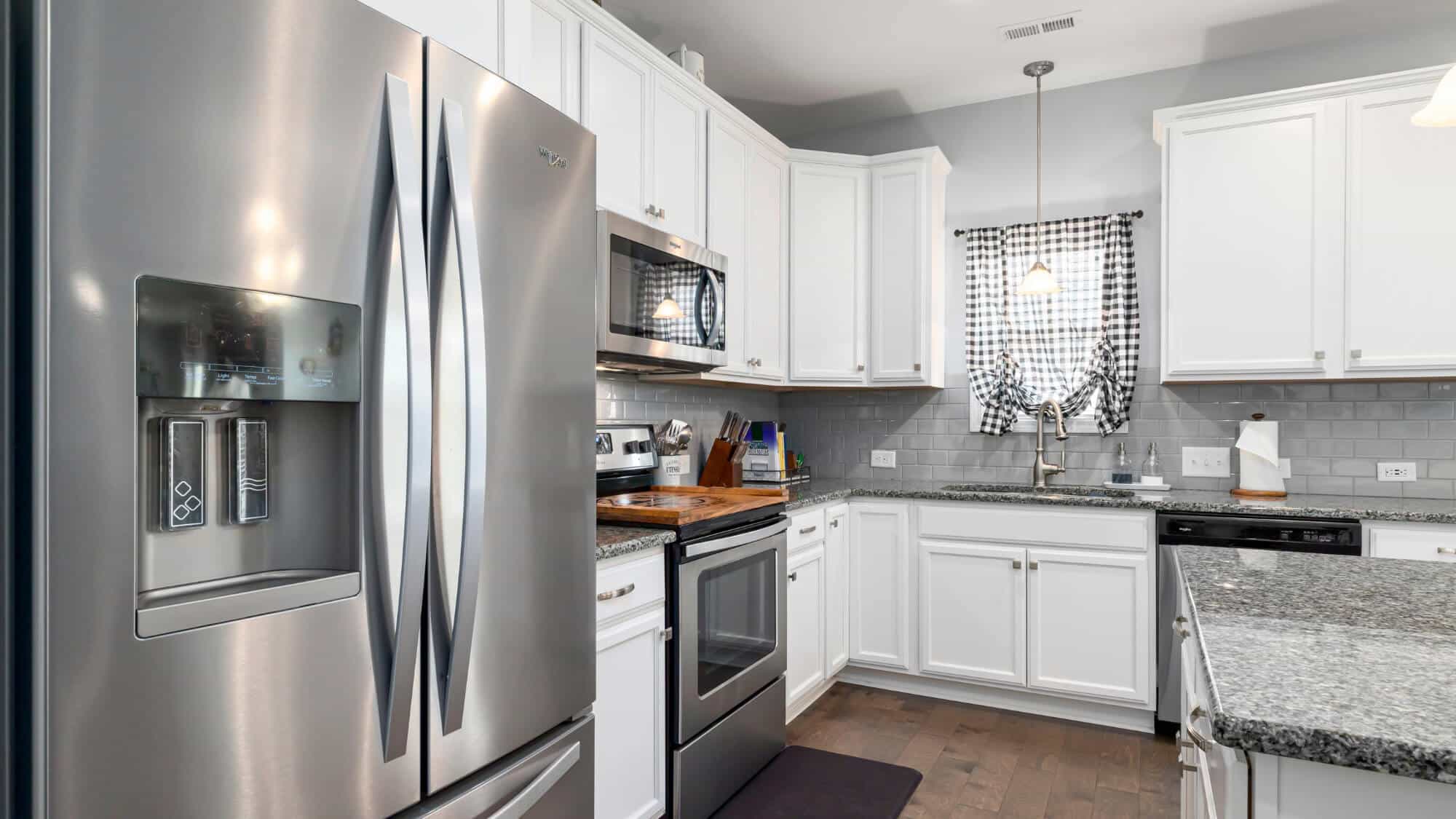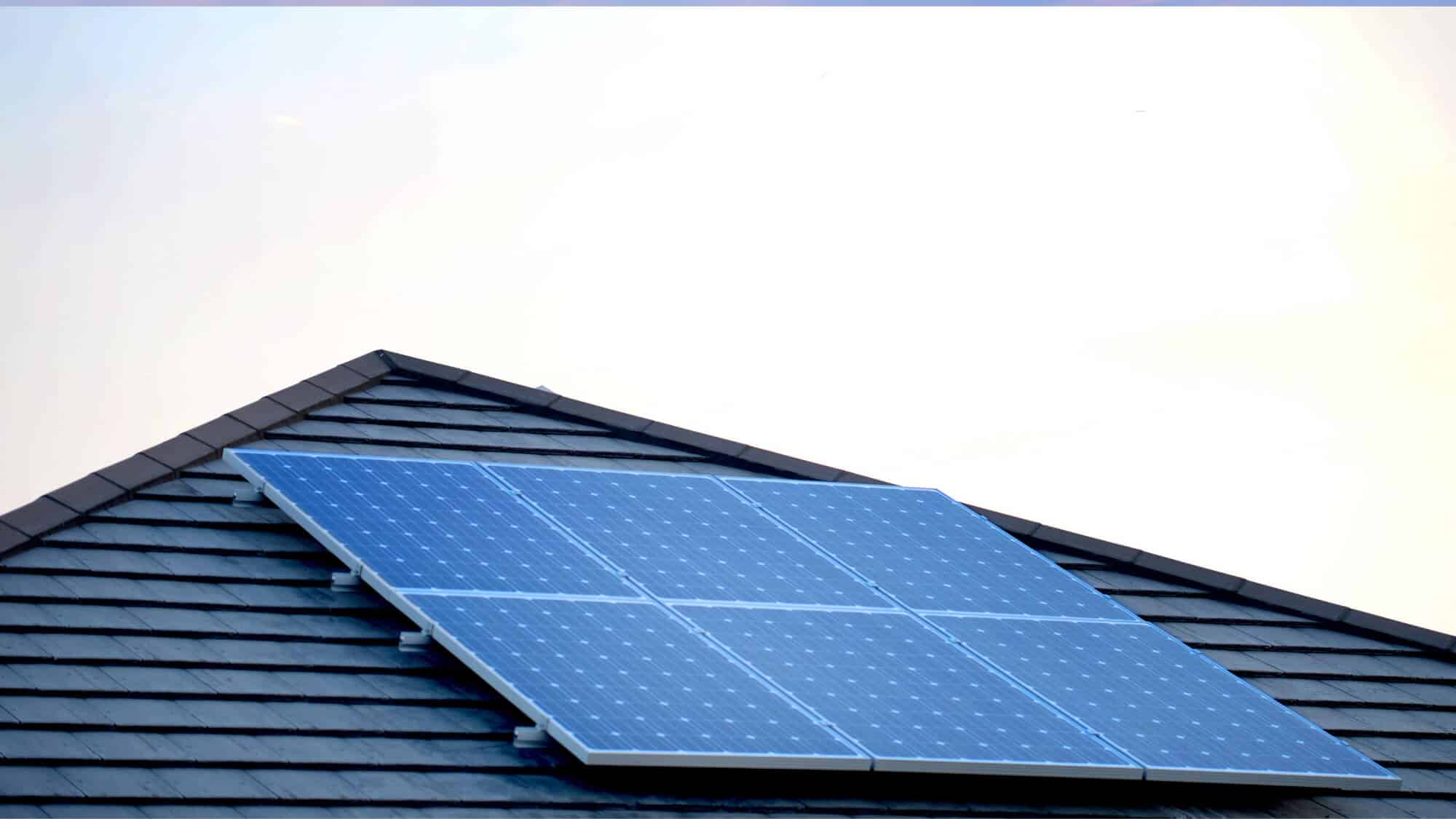Thankfully, homeowners have multiple tools in their belt to reduce energy consumption. Reducing energy consumption can help reduce utility bills and save you significantly — and in most cases, reduce your carbon footprints.
One option homeowners can use to lower utility costs is residential solar. A home solar panel system not only powers your home through clean energy, but can save you money in electricity bills.
Monitoring your home’s energy consumption and utility bills play hand in hand with one another. Educating yourself on how energy is consumed in your household is imperative, including how to respond.
Why Reduce Your Home’s Energy Consumption
Energy bills vary by state, utility and household — but across the board, you can still lower your energy costs. The factors specific to your home might include the age of appliances, size of home, insulation and lifestyle decisions. Thankfully, many of these can be fixed with quick adjustments or home improvement projects.
5 Ways Reduce Your Home’s Energy Consumption
- Buy Energy Efficient Appliances
- Improve Your Home’s Insulation
- Switch to LED Lightbulbs
- Switch to a Smart Thermostat
- Use Cold Water When Possible
1. Upgrade to Energy-Efficient Appliances

Thankfully, consumers can easily identify energy-efficient appliances with the Energy Star certification. Energy Star is a program from the federal government that guarantees labeled appliances will use less energy than standard appliances. Not only do these appliances use less energy, but they often lower annual energy bills.
Advantages of Upgrading Your Appliances:
- Energy-efficient appliances reduce energy consumption and help save on utility costs
- Energy Star labeled appliances use less water than traditional appliances
- Energy-efficient appliances are better for the environment
How to Shop for New Appliances
The Energy Star label should be a priority for all appliances you are considering to purchase. Energy Star labeled products are exceptional when it comes to the amount of energy and time needed to run the appliances, including quality. The U.S. Environmental Protection Agency (EPA) imposes strict standards on Energy Star appliances to ensure maximum productivity and sustainability. If you are looking to reduce your energy consumption, lower your energy bills and do your part in reducing your carbon footprint, then Energy Star appliances are the way to go.
This next label, created by the U.S. Government, provides an estimate on the amount of energy certain appliances consume. The EnergyGuide Label will include an approximation of your annual operating costs and electricity use of various appliances and models. In most cases, this label will include the Energy Star logo as well, further verifying that this appliance is a worthy investment.
2. Invest in Insulation for Your Home
Improving your home’s insulation is a great way to increase energy efficiency, reduce heating and cooling costs and enhance overall comfort. Insulation protects your home from outside weather and keeps your home temperature comfortable. The purpose of a well insulated home is to keep the cold in during hot summers and vice versa, the warmth in during chilly winters.
How to Improve Your Home’s Insulation?
- Conduct an Energy Audit: Hire a professional or perform a DIY energy audit to identify areas where insulation is lacking or needs improvement.
- Inspect Existing Insulation: Check the attic, walls, floors, basement and crawl spaces to assess the condition and type of insulation already in place.
- Seal Ductwork: Ensure that heating and cooling ducts are properly sealed to avoid air leakage.
- Select the Right Insulation Type For Projects: Choose insulation materials based on the area being insulated, your budget and your climate. Common types include fiberglass, cellulose, spray foam and rigid foam boards.
Consider Thermal Barriers
- Radiant Barriers: Install radiant barriers in the attic to reflect heat away during hot weather, reducing cooling costs.
- Insulated Siding: Consider adding insulated siding to improve the overall thermal performance of your home’s exterior walls.
Insulation for Parts of Your Home
- Insulate Attic Access: Add insulation to the attic hatch or door to prevent heat loss.
- Attic Insulation: Add insulation to the attic, which is one of the most effective ways to improve energy efficiency. Options include fiberglass batts, blown-in cellulose, or spray foam insulation.
- Wall Insulation: If walls are poorly insulated, consider adding insulation. This might involve blown-in insulation for existing walls or installing batt insulation during renovations.
- Floor Insulation: Insulate floors above unconditioned spaces such as garages, basements and crawl spaces.
Other Ways to Improve Insulation
If you can see light coming through your closed exterior doors, you need to weather strip these doors and prevent air leakage. If you see light coming through the edges of your windows, re-caulk tiny cracks and weather-proof your home.
3. Switch to LED Lightbulbs
The Benefits of LEDS
- LED bulbs use up to 90% less energy than incandescent bulbs
- Last at least 15 times longer than incandescent bulbs
- Saves around $55 in electricity costs over its lifetime
- Produce 70-90% less heat than incandescent bulbs
4. Switch to a Smart Thermostat

Smart thermostats help save energy by learning your household’s habits and controlling your home’s climate accordingly. For example, your thermostat can lower the heat while parents work and children attend school. Just before your family comes home, your thermostat can raise the temperature — making you comfortable and saving money.
According to Energy Star, you can save around 8% of heating and cooling bills with a certified smart thermostat. This can translate to shaving $50 off your annual climate control bills. You can review thermostat models on the Energy Star website to find the right choice for your home.
5. Watch Your Water Usage
Think of how much water your home uses. Hot water uses more energy than cooler water, typically through electricity or gas. You can reduce your home’s energy consumption by using less hot water.
We’re not suggesting taking cooler showers — though there may be health benefits to colder showers — there are many ways to use less energy on water consumption.
How to Use Less Energy on Water
- You can wash your clothes using cool or cold water — which can be better for your clothes.
- You can set a temperature range on your water heater, lowering the maximum temperature. This can help save money and prevent scalding your hands.
- Wash your dishes in the dishwasher instead of hand-washing. Dishwashers are more efficient and use less water per dish.
- Fix leaky faucets, toilets and pipes — saving money on water and energy bills.
- Purchase a WaterSense labeled shower head, which uses no more than 2 gallons per minute. WaterSense labeled shower heads adhere to EPA standards and are more water efficient.
- Purchase Energy Star certified dishwashers and washing machines, which are more energy efficient.
How to Reduce Energy Costs with Solar and Storage

Get a Home Solar Panel System
A solar panel system does not necessarily reduce your home’s energy consumption, but it does offer low-cost, clean energy. Home solar panel systems harness energy from the sun and converts this into electricity without emitting greenhouse gasses.
Residential solar is not only a sustainable choice for your home, but it lowers your reliance on electricity from the utility grid. While going solar can be an investment, solar panel systems pay themselves off over time. Once your system pays itself off, you’re left with essentially free electricity.
Enact Solar helps homeowners find the right solar system for their home using our award-winning software. Enact’s team of friendly advisors can design the optimal solar panel system for your home and energy needs.
Get a Home Battery
Similar to solar panels, home batteries do not necessarily reduce your home’s energy consumption. However, a home battery stores unused solar energy or electricity from the power grid for later use. Home battery systems compliment solar panel systems, offering homeowners around-the-clock low-cost energy.
If you live in an area with Time-of-Use (ToU) rates, where electricity might cost more during the afternoon and evening, using energy from your home battery can help lower your utility bills. To achieve this, charge your home battery during lower ToU rate times. Home batteries can be helpful for homeowners with electric vehicles, allowing them to charge their EV during high ToU times.
How Enact can help you
Going solar can be difficult, Enact offers homeowners custom solar and storage proposals designed for their home. An Enact proposal offers homeowners a choice in their hardware options, financing and payment options and provides future savings projections.
Our team helps homeowners understand potential financial savings and environmental impact. An Enact custom proposal provides personalized cost estimates and savings projections based on individual energy consumption, offering a wide variety of solar and battery options.
To see how solar can benefit you, sign up for a free solar consultation and get a free customs solar proposal. Enact is here to help you from initial design to post-installation solar monitoring.

